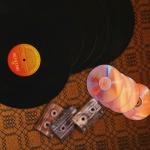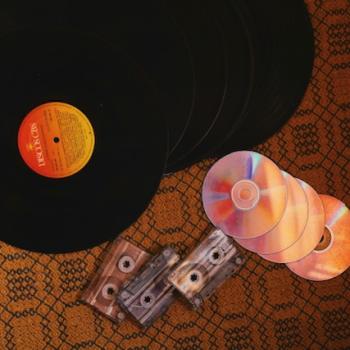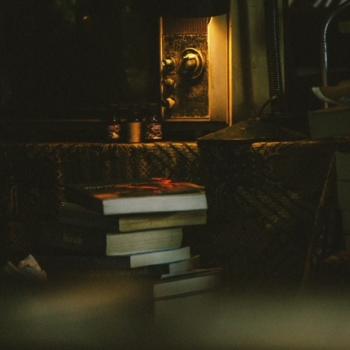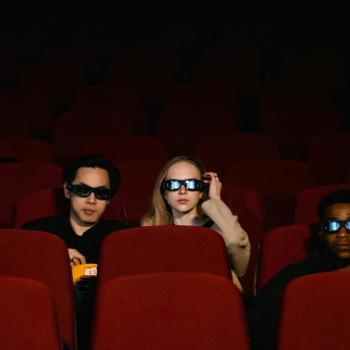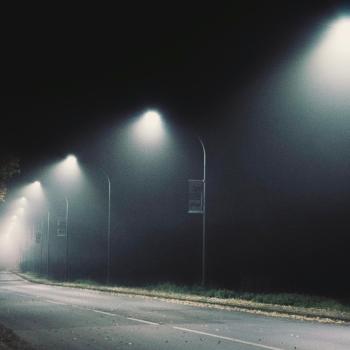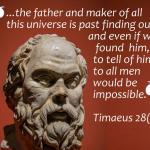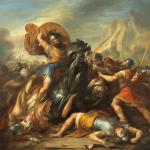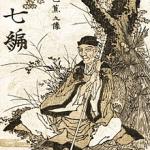1. You have spent many years working publicly in both the artistic and faith communities. What is it that drew you to each of these worlds and what do you love about them?
Many years ago, my mentor the late Tim Keller taught me as a Christian to love the city: “Seek the welfare of the city where I have sent you into exile, and pray to the Lord on its behalf, for in its welfare you will find your welfare.” (Jeremiah 29) That means we are to love the cities’ arts and faithful communities, and to pray for them to find this welfare.
2. Both art and faith are undeniably powerful forces in both wide culture and the hearts and minds of individuals. But often it can seem they are not just entirely separate pursuits but actually at odds with each other. But you have talked in your books about how your faith influences your art and your art influences your faith. What do faith and art have to do with each other?
It has been said that the arts and religion are incompatible since the arts transgress against the past and religion protects the past. But through a “Theology of Making” (see my book Art+Faith: A Theology of Making, Yale University Press 2021) I argue that our lives are an artwork of God (Ephesians 2:8-10), that God is the only true Artist, and without the framework of making we cannot fully understand the arts or comprehend the gospel. Vincent Van Gogh said there is “nothing more truly artistic than to love people.” To make art is to love. To love is to cultivate faith. To have faith is to create into the New.
3. As you survey the landscape of faith-influenced-art being created and released today, what is your opinion on its condition and state? Does it excite you? Do you have frustrations?
All art must be, in some way, “faith-influenced”. Even if you try to make art in denial of some form of faith, your implicit love for the materials, instrument, or the form of art makes the artist exhibit some sort of faith. Now, I understand that your question is about the role of Christian faith in particular, but then I would ask, “How do we know that a person (even a “Christian”) possesses true faith?” This discernment has proven hard to judge, especially in recent times. I instead ask the reverse question: “What ‘faith’ do you find in art that you resonate with?” And, “How does our Christian faith help to exegete it for the greater edification of all?” I am not interested in “Christian art” as I seek only excellence and authenticity in ALL expressions, and not merely a category of marketing. The use of the word “Christian” as an adjective does not excite me. Only “Christian” as a noun – as a follower of Christ making art – reflects genuine faith that leads to genuine art. Genuine art made from genuine faith will rise above the rancor and debasement of our climate of culture wars, and will eventually find an enduring audience. This path is what I lay out in my Culture Care journey (see Culture Care: Reconnecting with Beauty for our Common Life, IVP 2017, and iamculturecare.com)
4. Many artists of faith feel a bit lost and homeless in their pursuits. If you had a word of advice to offer artists of faith, what would that be?
Take your faith seriously. Make art as if your life and faith depended upon it. Create in
Love.
5. What is a piece of faith-influenced-art that has inspired you?
Again, I do not distinguish between art that is “faith-influenced” or not. But I am grateful for William Blake, Fra Angelico, Mark Rothko, Paul Cezanne, Tohaku Hasegawa and Sen no Rikyū for guiding my journey into the light.
To learn more about Makoto, visit his website here




